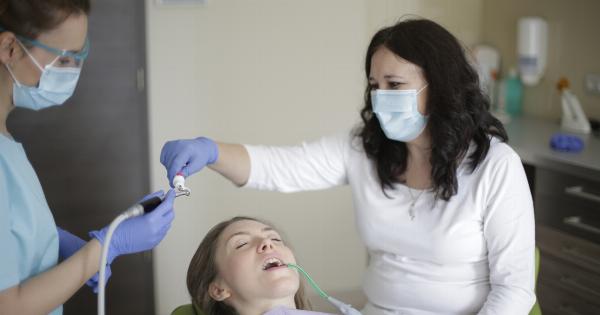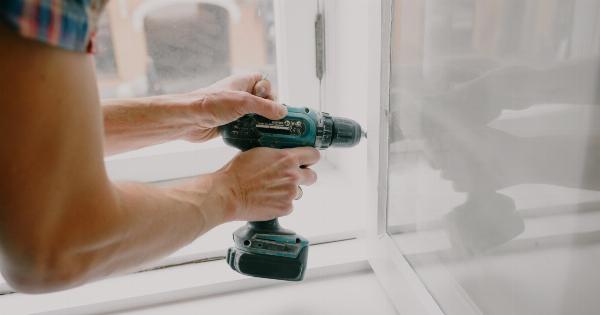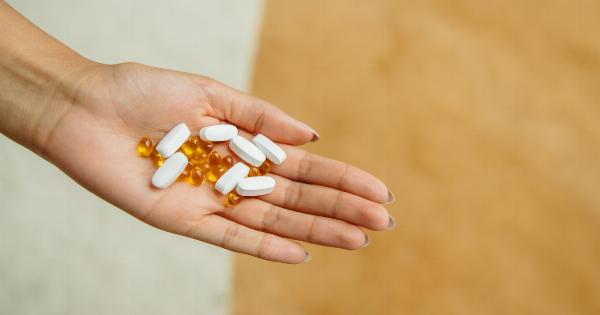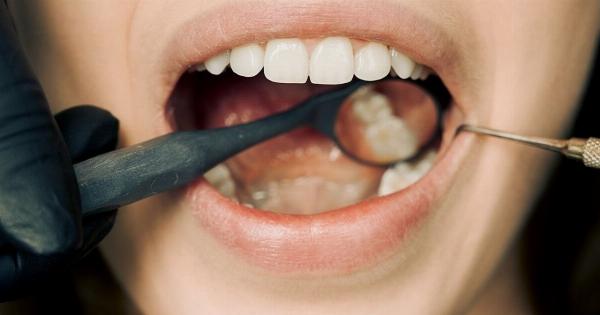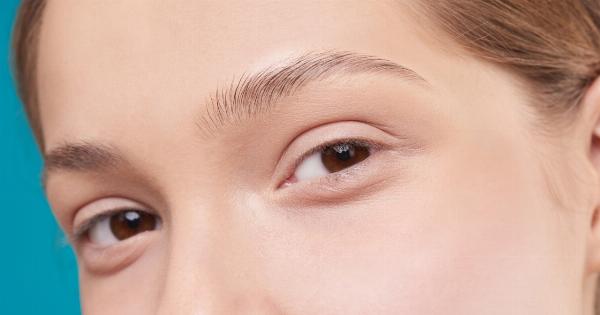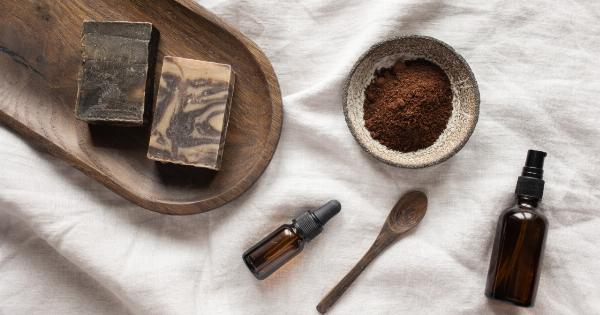A bright white smile is often associated with good oral hygiene and can boost your confidence. There are several steps you can take to achieve and maintain a bright white smile.
In this article, we will discuss various methods and practices that can help you achieve the smile you desire.
1. Brushing and flossing regularly
One of the most important steps in maintaining a bright white smile is to practice good oral hygiene by brushing and flossing your teeth regularly. Brush your teeth at least twice a day, using a soft-bristled toothbrush and fluoride toothpaste.
2. Using whitening toothpaste
If you want to enhance the whiteness of your smile, consider using a whitening toothpaste. These products contain mild abrasives that help remove surface stains and lighten the color of your teeth.
However, it is important to note that these toothpastes can only remove surface stains and may not significantly whiten your teeth.
3. Trying whitening strips
Whitening strips are thin, flexible strips that are coated with a whitening gel. They are applied directly to the teeth and left for a certain period of time. The gel on the strips helps remove surface stains and lighten the color of the teeth.
Whitening strips can be an effective option for achieving a brighter smile, but it is important to follow the instructions carefully and not to exceed the recommended usage time.
4. Professional teeth whitening
If you are looking for more dramatic and long-lasting results, consider professional teeth whitening. Your dentist can use a variety of techniques to whiten your teeth, including in-office bleaching and take-home whitening kits.
Professional teeth whitening treatments are generally more effective than over-the-counter products and can provide noticeable results.
5. Limiting consumption of staining substances
Certain foods and beverages can cause staining of the teeth over time. To maintain a bright white smile, it is important to limit your consumption of substances that can stain your teeth.
Some common staining culprits include coffee, tea, red wine, berries, and tobacco products. If you do consume these substances, it is a good idea to rinse your mouth with water or brush your teeth afterwards to minimize staining.
6. Quitting smoking
In addition to staining your teeth, smoking can also contribute to gum disease and other oral health problems. Quitting smoking can not only improve your overall health but also help you maintain a brighter smile.
Speak to your healthcare provider for assistance and support in quitting smoking.
7. Maintaining regular dental check-ups
Regular dental check-ups are crucial for maintaining a bright white smile. Your dentist can identify any oral health issues and provide professional cleaning to remove plaque and stains.
Additionally, your dentist can offer advice on maintaining good oral hygiene practices and recommend further treatments if necessary.
8. Using natural remedies cautiously
There are various natural remedies suggested for teeth whitening, such as baking soda, hydrogen peroxide, and apple cider vinegar.
While these remedies may show some results, they can also be abrasive and damage the enamel of your teeth if used excessively or incorrectly. It is important to consult with your dentist before trying any natural remedies.
9. Practicing good oral hygiene habits
In addition to regular brushing and flossing, there are other oral hygiene habits that can contribute to a bright white smile.
These include rinsing your mouth after consuming staining substances, using a straw when drinking acidic and sugary beverages, and avoiding excessive consumption of sugary foods that can contribute to tooth decay.
10. Wearing a mouthguard
If you participate in sports or other physical activities, wearing a mouthguard can help protect your teeth from trauma and potential discoloration.
A mouthguard can prevent chips, cracks, and other damage that may cause your teeth to appear discolored.







